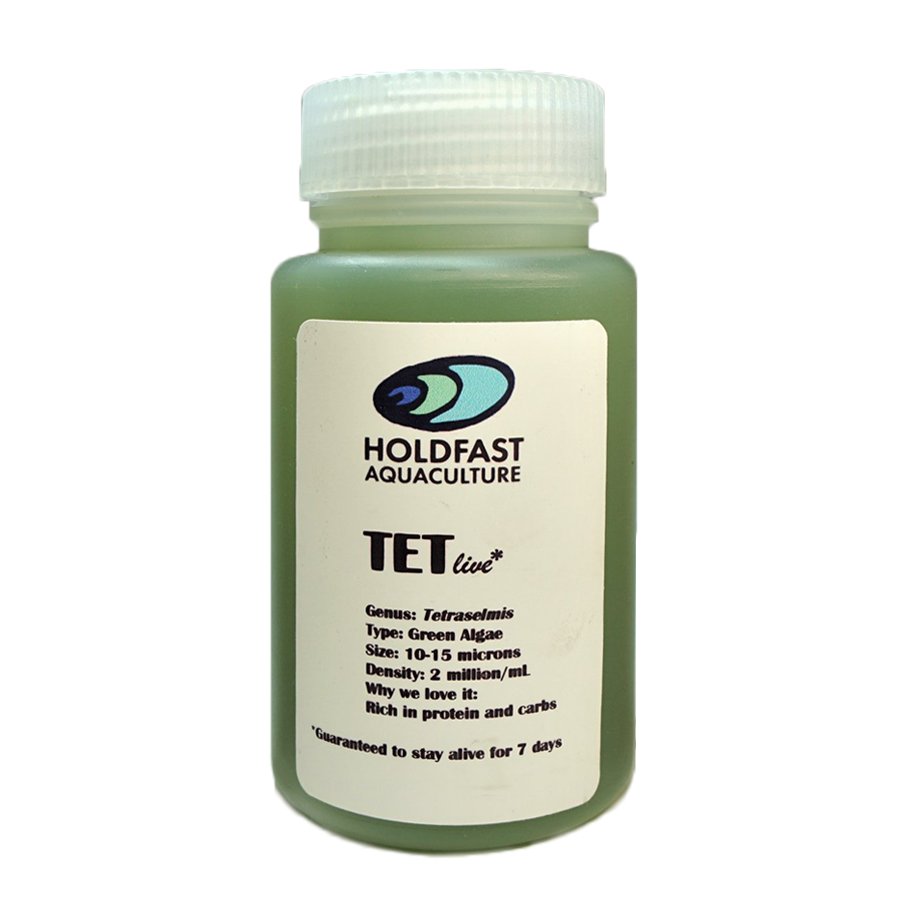littlefoxx
5000 Club Member
View BadgesMidwest Reefer
Rocky Mountain Reefers
Rock Pool Reef Keepers
R2R Secret Santa 2023
My Tank Thread
My Aquarium Showcase
Krill is okay but not all the time. Neither one of my lions likes krill actually. I feed predator food to mine (rods, hikiri, two little fishes) as well as squid. They really like the mix of meaty foods in the two mixed flats. I can post pictures of the packages if you want. I also got jumbo mysis shrimp to mix with live when I had one I had to get off a live diet, seemed to helpI went and bought ghost shrimp a krill. The guy said to mix the krill and ghost shrimp together. The seemed to only eat the ghost shrimp. Only had tge lionfish fir a couple of days. I assume no reason to worry?





















